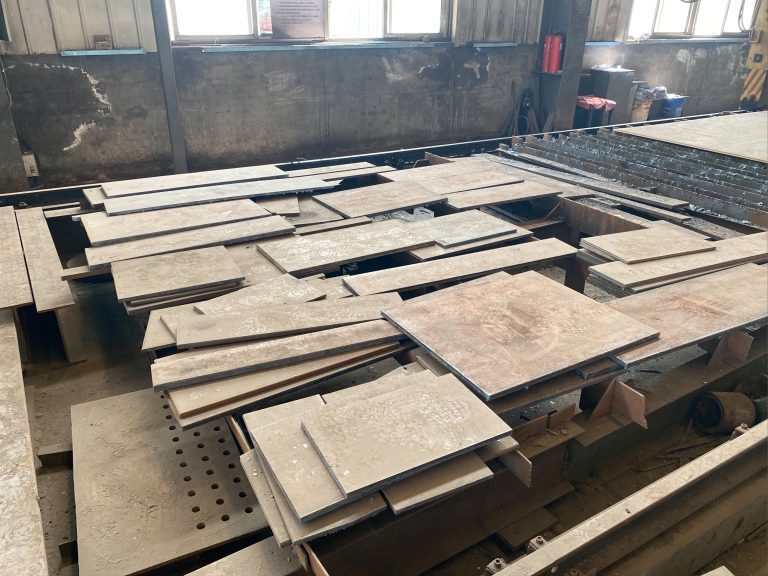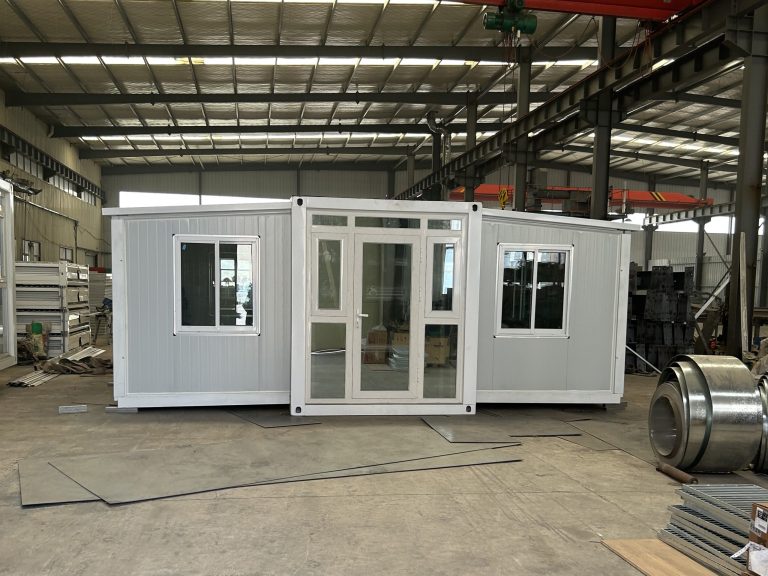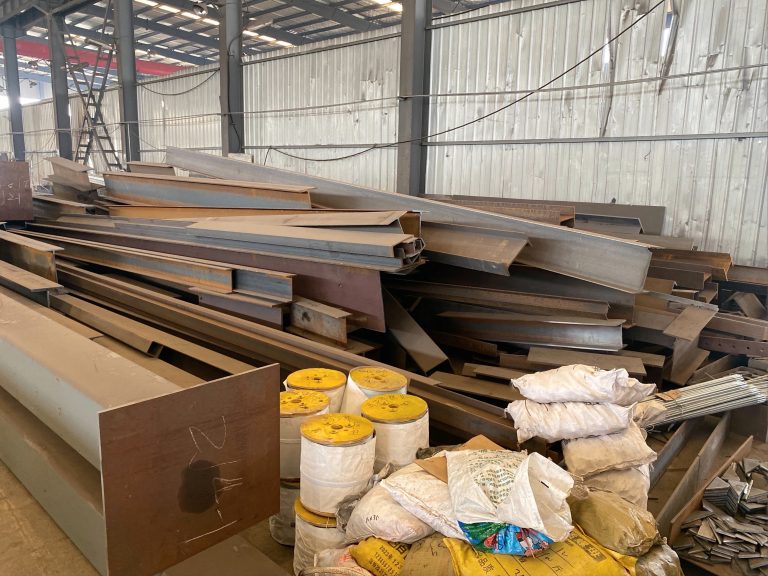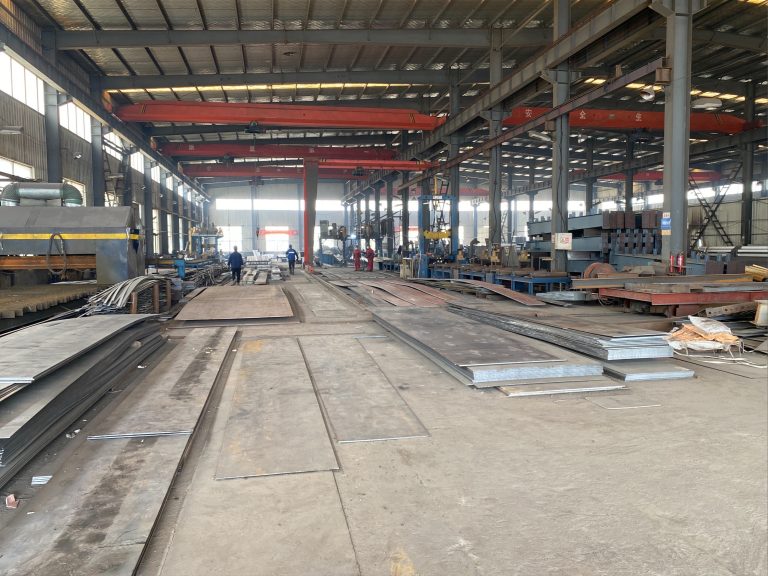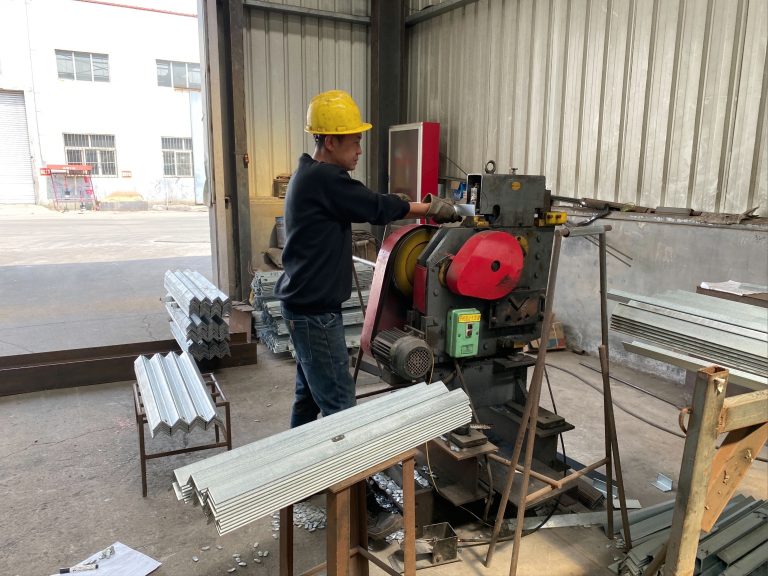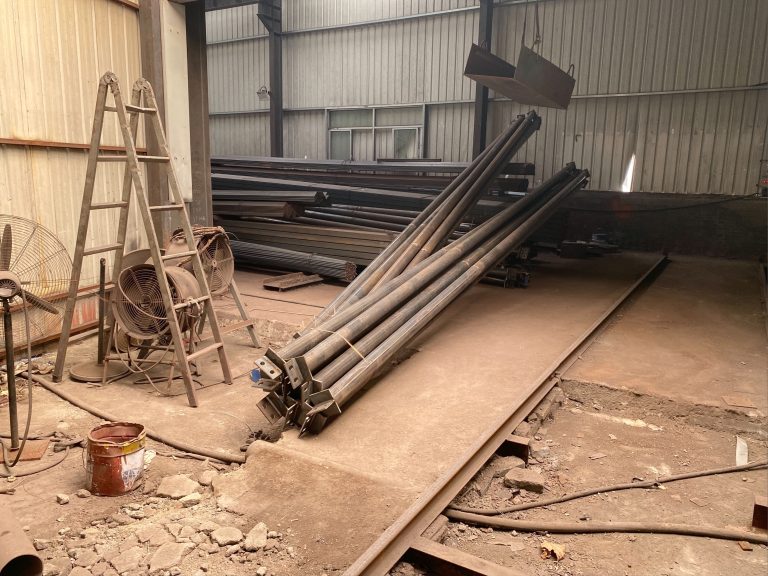Specification requirements and guidance for steel structures in building codes
Table of Contents
Strength and Stability Requirements for Steel Structures in Building Codes
Steel structures are a common choice in the construction industry due to their strength, durability, and versatility. When designing and constructing steel structures, it is essential to adhere to the specifications and guidance outlined in building codes to ensure the safety and stability of the building. Building codes provide a set of standards and requirements that must be met to ensure that the structure can withstand various loads and forces.
One of the key aspects of building codes for steel structures is the strength and stability requirements. These requirements are designed to ensure that the structure can support its own weight as well as any additional loads that may be placed on it, such as furniture, equipment, or people. The strength and stability requirements for steel structures are typically based on factors such as the type of steel used, the design of the structure, and the expected loads that the structure will be subjected to.
In general, building codes require that steel structures be designed to withstand both gravity loads, such as the weight of the building itself, and lateral loads, such as wind or seismic forces. The strength and stability requirements for steel structures are typically expressed in terms of factors such as the maximum allowable stress, the minimum required thickness of steel members, and the minimum required size of connections between members.
To ensure that steel structures meet these requirements, engineers must carefully analyze the design of the structure and calculate the loads that it will be subjected to. This analysis typically involves using computer software to model the structure and determine how it will respond to various loads and forces. By performing this analysis, engineers can ensure that the structure will be able to safely support the loads that it will be subjected to.
In addition to the strength and stability requirements for steel structures, building codes also provide guidance on other aspects of steel construction, such as fire protection, corrosion protection, and quality control. These requirements are designed to ensure that steel structures are not only strong and stable but also safe and durable.
For example, building codes typically require that steel structures be designed to resist fire for a certain period of time to allow occupants to safely evacuate the building in the event of a fire. This may involve using fire-resistant materials or coatings on the steel members to prevent them from weakening or collapsing in a fire.
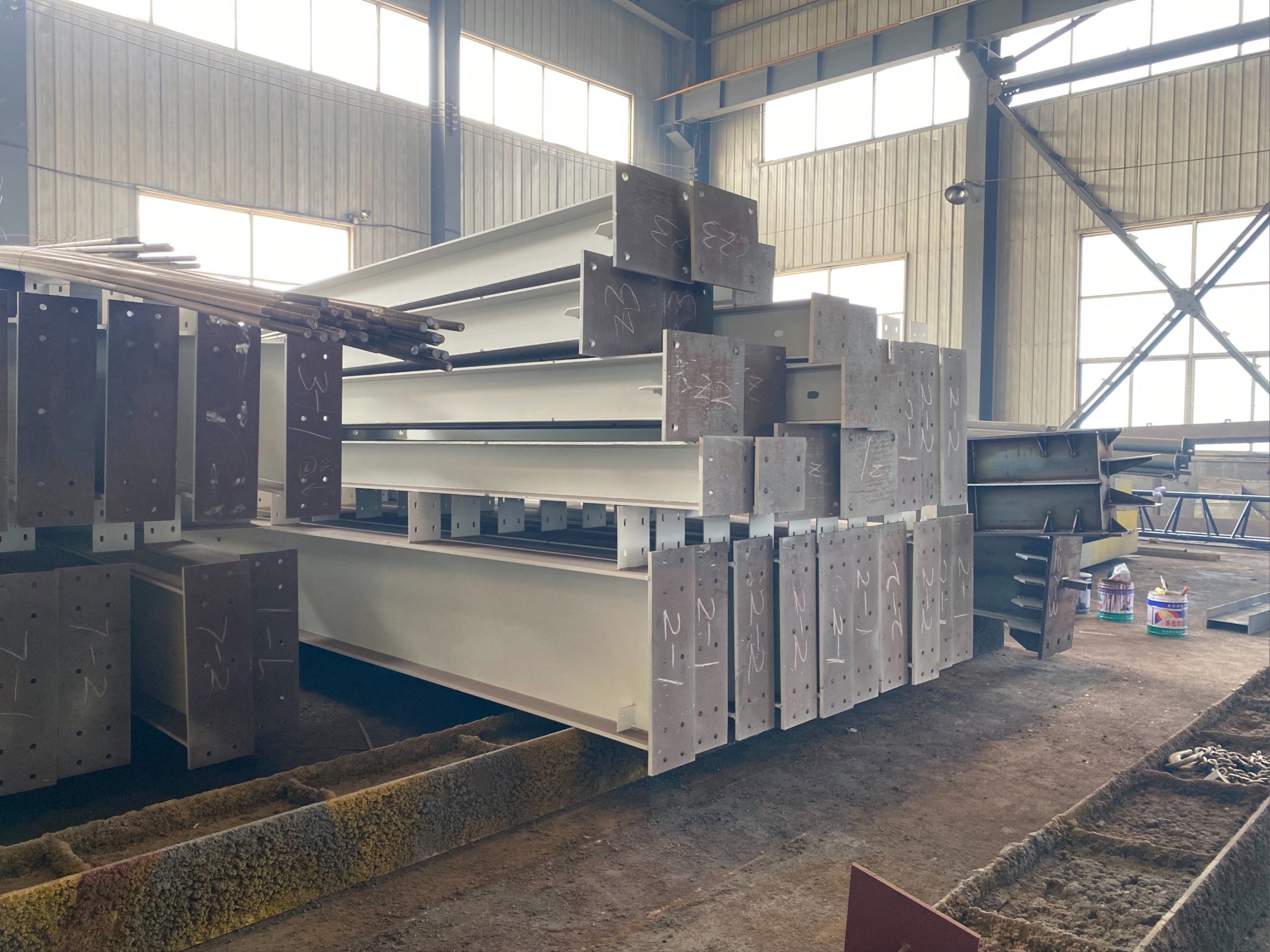
Building codes also typically require that steel structures be protected from corrosion to ensure their long-term durability. This may involve using corrosion-resistant coatings on the steel members or designing the structure in a way that minimizes exposure to moisture and other corrosive elements.
Finally, building codes often include requirements for quality control to ensure that steel structures are constructed in accordance with the approved design and specifications. This may involve conducting inspections and tests during the construction process to verify that the steel members are installed correctly and meet the required standards.
In conclusion, the strength and stability requirements for steel structures in building codes are essential to ensure the safety and stability of buildings. By adhering to these requirements and following the guidance provided in building codes, engineers can design and construct steel structures that are strong, durable, and safe for occupants. Building codes provide a framework for ensuring that steel structures meet the necessary standards and requirements to withstand various loads and forces, ultimately contributing to the overall safety and integrity of the built environment.
Material and Design Specifications for Steel Structures in Building Codes
Steel structures are a common feature in modern buildings, providing strength, durability, and versatility in construction. To ensure the safety and integrity of these structures, building codes have established specific requirements and guidance for the use of steel in construction projects. These specifications cover a range of factors, including material properties, design considerations, and construction techniques.
One of the key aspects of building codes related to steel structures is the specification of material properties. Steel is a versatile material with a wide range of grades and types available, each with its own unique properties and characteristics. Building codes typically specify the minimum strength, ductility, and other mechanical properties required for structural steel used in construction. These requirements help ensure that the steel used in a building can withstand the loads and stresses it will be subjected to during its service life.
In addition to material properties, building codes also provide guidance on the design of steel structures. This includes requirements for the sizing and spacing of structural members, as well as guidelines for connections, bracing, and other structural elements. Design specifications for steel structures are based on established engineering principles and standards, such as the American Institute of Steel Construction (AISC) code.
When designing a steel structure, engineers must consider a variety of factors, including the building’s intended use, its location and environment, and the loads it will be subjected to. Building codes provide guidance on how to account for these factors in the design process, ensuring that the structure will be safe, durable, and able to meet its intended purpose.
Construction techniques are another important aspect of building codes related to steel structures. Proper construction practices are essential for ensuring the integrity and safety of a steel building. Building codes provide guidance on welding, bolting, and other methods of connecting steel members, as well as requirements for quality control and inspection during construction.
Transitional phrases such as “in addition to,” “when designing,” and “construction techniques” help guide the reader through the various aspects of building codes related to steel structures. By following these specifications and guidance, engineers and contractors can ensure that steel structures are built to the highest standards of safety and quality.
In conclusion, building codes provide essential specifications and guidance for the use of steel in construction projects. These requirements cover material properties, design considerations, and construction techniques, all of which are crucial for ensuring the safety and integrity of steel structures. By following these guidelines, engineers and contractors can build steel buildings that are strong, durable, and able to meet the demands of modern construction.

